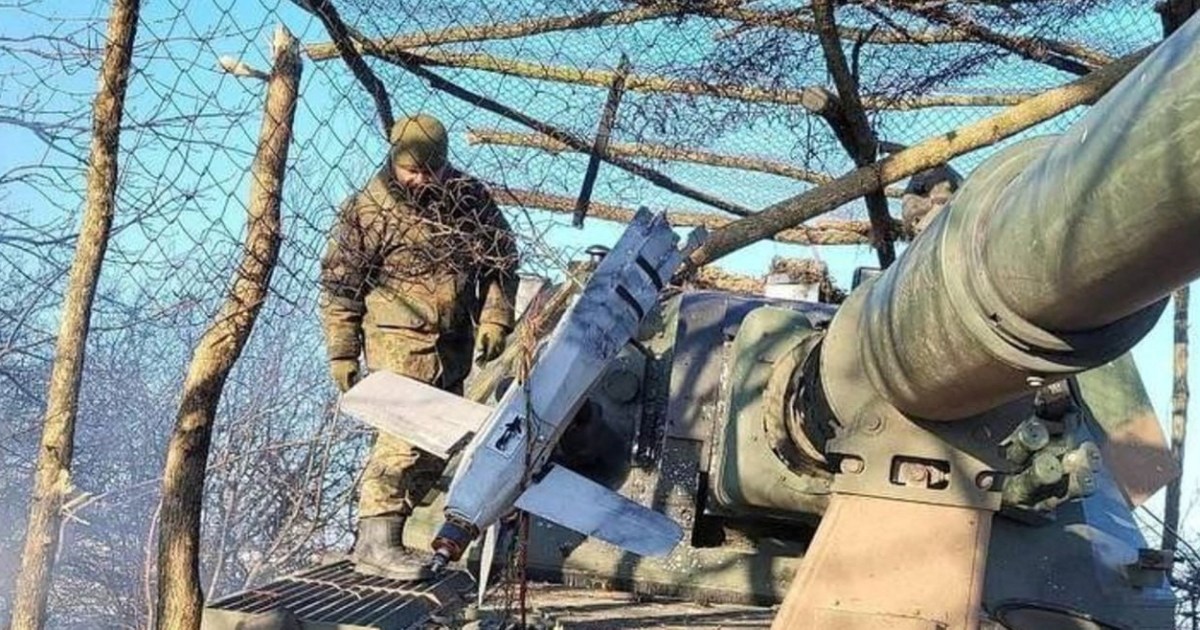
Boujemaa Kouti still remembers the screams of his neighbors, trapped under the rubble of their homes, calling for help that terrible night 63 years ago.
He was only 8 years old and slept when he grew up In 1960, an earthquake shook MoroccoEntire neighborhoods in the coastal city of Agadir near the Atlas Mountains were wiped out and at least 12,000 people were killed.
“When I woke up, I saw stars,” Mr. Kouti said, and then he heard “people screaming ‘save me’ and calling for their families.”
Mr. Kouti’s older brother died and the Kouti family lived in tents for almost a year as Agadir was mostly rebuilt in a location nearby that was considered safer.
The rubble was bulldozed away and huge amounts of concrete were poured while buildings were constructed to stricter seismic standards.
The Agadir Oufella, a 16th-century fortress partially damaged by the quake, was finally restored and a monument was erected on a hill where many died.
Now Moroccans in the nearby Atlas Mountains face a new challenge: How to rebuild the once-picturesque villages and towns destroyed in 2010. strong earthquake that had devastating effects There was an attack on the region on September 8, killing around 3,000 people.
It is estimated that Agadir was largely spared this time, but possibly hundreds of thousands of people the Moroccan news mediaThey still live in tents in destroyed villages on the other side of the Atlas Mountains, waiting for reconstruction to begin. countless others have sought shelter with relatives. Recent rains and floods have left them facing even more precarious living conditions as they wait for authorities to intervene.
The The government has agreed to spend about $11.8 billion over the next five years to rebuild and repair the homes of an estimated 4.2 million Moroccans. At the same time, officials are considering how best to restore the cultural heritage of a region that is also an important part of the country’s tourism industry.
Traditional architecture had long survived in the Atlas Mountains, with picturesque flat-roofed houses made of mud and stone tiles mixed with straw clustered together in spectacular landscapes, attracting visitors.
Many of these structures collapsed, partly due to the sheer force of the earthquake, but also because seismic standards in place two decades ago were often not met.
Experts, like Amine Kabbaj, a Marrakech-based architect, says it is difficult to enforce rules in rural areas where people rarely have the opportunity to hire architects or engineers. This can lead to missing foundations and inadequate protective measures.
Salima Naji, an architect and anthropologist who led the project to restore the Oufella Fortress in Agadir and has also been at the forefront of efforts to promote traditional building methods in the Atlas Mountains, agrees.
“Recent hasty construction does not respect rules; “The companies, contractors and builders are working fast and poorly,” she said.
Dr. Naji is also a strong proponent of using materials and techniques that reflect local customs and address the challenges of climate change. While modern methods of earthquake-proofing buildings are necessary, she said, they can be combined with more established ancient techniques.
She says traditional architecture is sustainable, can withstand earthquakes if standards are met, and is adaptable to the mountain environment: warm in winter and cool in summer.
Dr. Naji has long been committed to preserving cultural heritage in the Atlas Mountains, including fortified villages.
During his anthropological field research from 1999 to 2006, Dr. Naji high mountain valleys, focusing on the collective granaries where the villagers stored their harvest. She said she feels a strong connection to the region and is indebted to the villagers. As a child, she often accompanied her father, a Moroccan topographer, to the region. There weren’t many hotels back then, so villagers welcomed her into their homes, she said, and she grew to like the buildings they stayed in.
“I loved this stone and clay architecture,” she said. “It was the joy of my entire childhood.”
So far, the Moroccan authorities seem open to requests from architects like Dr. Being Naji.
The Academy of the Kingdom of Morocco, a national cultural studies reference institutionconsulted several experts from different disciplines on how the use of traditional materials in reconstruction can help preserve Morocco’s heritage.
According to the experts interviewed, the country’s highest authorities seem to be aware of the need to develop a plan that could serve as a starting point for preserving the cultural and architectural heritage of the Atlas Mountains while building houses that can withstand natural disasters.
Despite it, Abdeslam Maghraoui, A political scientist at Duke University warned that the recovery process would be long and arduous.
“The epicenter of the earthquake and the surrounding mountainous areas are extremely poor, difficult to access and have been neglected by the state for decades,” he said. “So collective healing, trust in authorities and material reconstruction will take time.”
As winter approaches and temperatures continue to drop, many residents’ first concern is returning to their homes. Some have avoided them for fear of aftershocks.
Rim Rami, 18, a university student in Marrakesh, lost her family home in Moulay Brahim, near the epicenter of the earthquake. She commutes into the city to attend classes while her family camps out in the mountains. She fears that historic buildings will be given priority.
“It’s scary to sleep outside,” she said. “First they have to rebuild the houses.”
Many experts are also concerned about the fate of precious and precarious architectural gems in the mountains.
Abdallah Fili, archaeologist and professor at Chouaib Doukkali University, led the restoration the Tinmel Mosque from the 12th century. The work was almost complete before it was severely damaged in the September earthquake.
Despite the disaster, he sees some advantages.
“Destruction has meaning because it allows access to parts of the buildings that we were never able to analyze,” Mr. Fili said.
But he worries about what will happen to the site. According to him, authorities began removing debris from the mosque without consulting archaeologists. He doesn’t know whether he will work on the next restoration.
Whatever the fate of the villages in the Atlas Mountains, the example of Agadir shows how difficult it is to heal from the trauma of a devastating earthquake. A commemoration ceremony is held every year towards the end of February, the anniversary of the disaster.
And a sentence from a speech by the then King Mohammed V still adorns a wall in the city center of Agadir today: “If fate has decreed the destruction of Agadir, its reconstruction will be due to our will and our faith.”
Mr. Kouti, 71, who survived the 1960 earthquake, is now the manager of the Ihchach cemeterywhere many victims found their final resting place.
The cemetery is located on a hill that was once a district of Agadir. Not much remains from that time: a few trees, a disused hospital and the ruins of collapsed houses. Sometimes visitors come and ask him to help them find the grave of a loved one.
Many come to inquire about the unidentified bodies, which were quickly buried in a mass grave as authorities feared epidemics, hoping to find lost family members.
Mr Kouti said he was sleeping when the earthquake struck in September.
“I wasn’t afraid,” he said. “I’ve experienced this before.”
Youssef Boumbarek contributed reporting.






Recent Comments